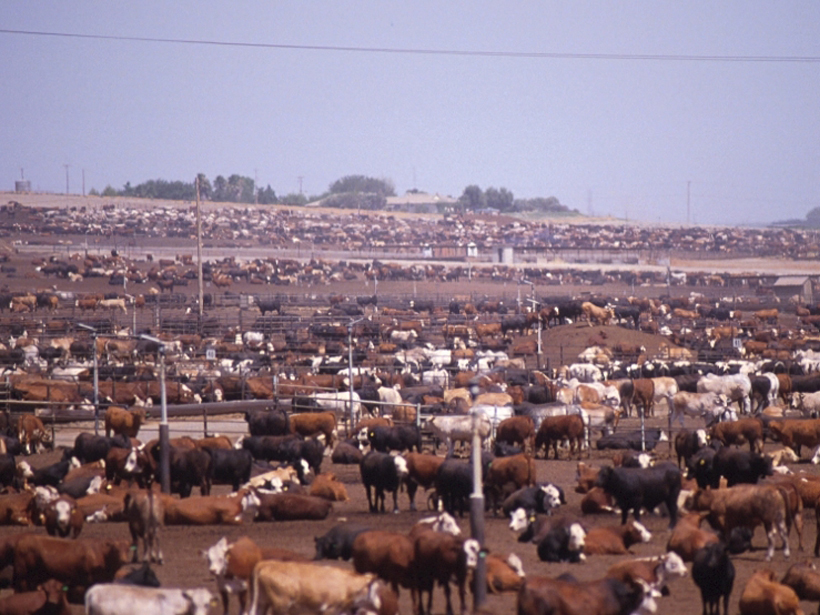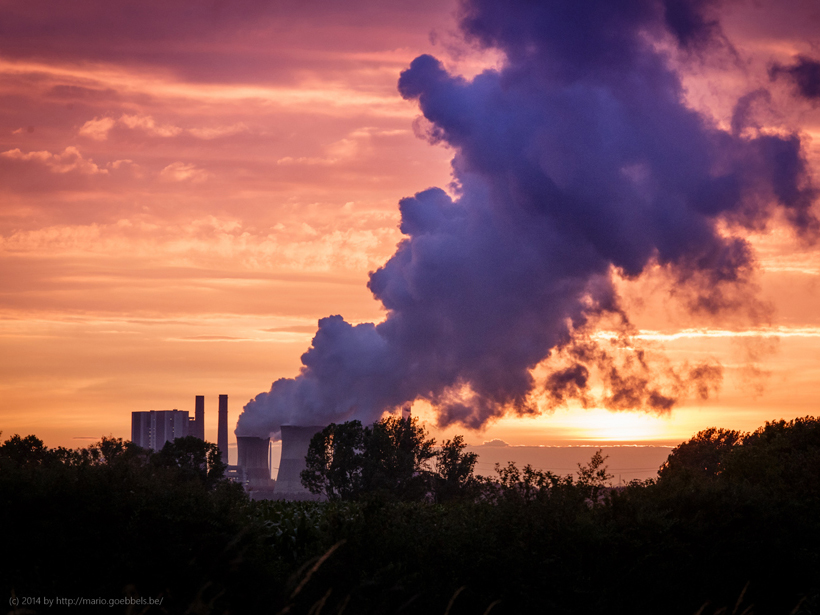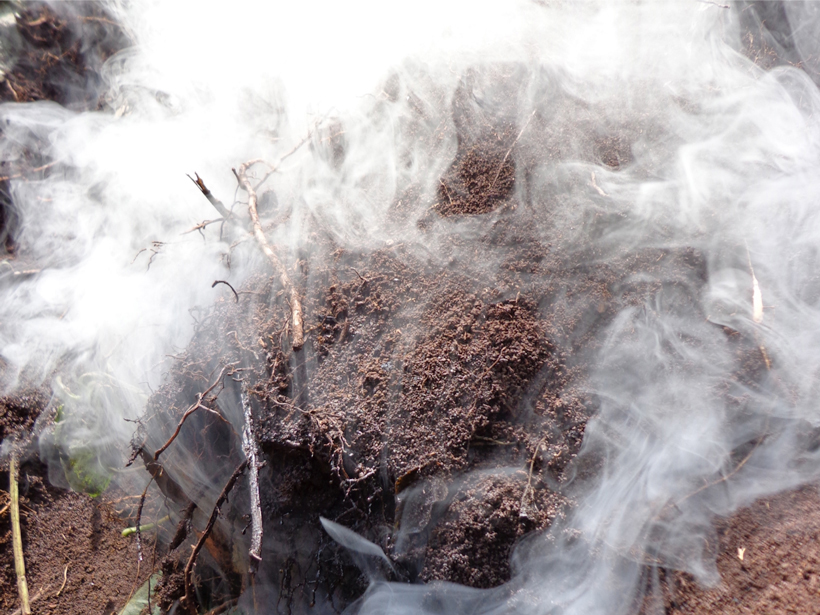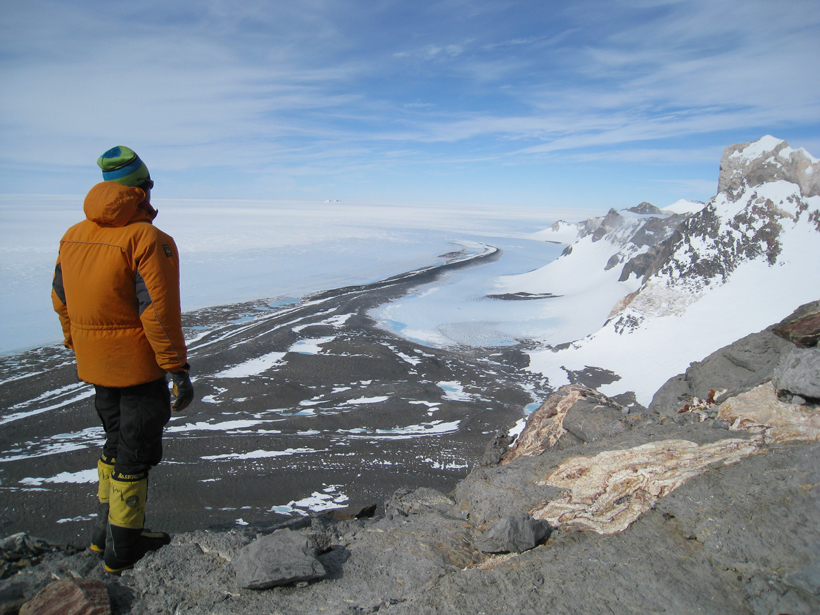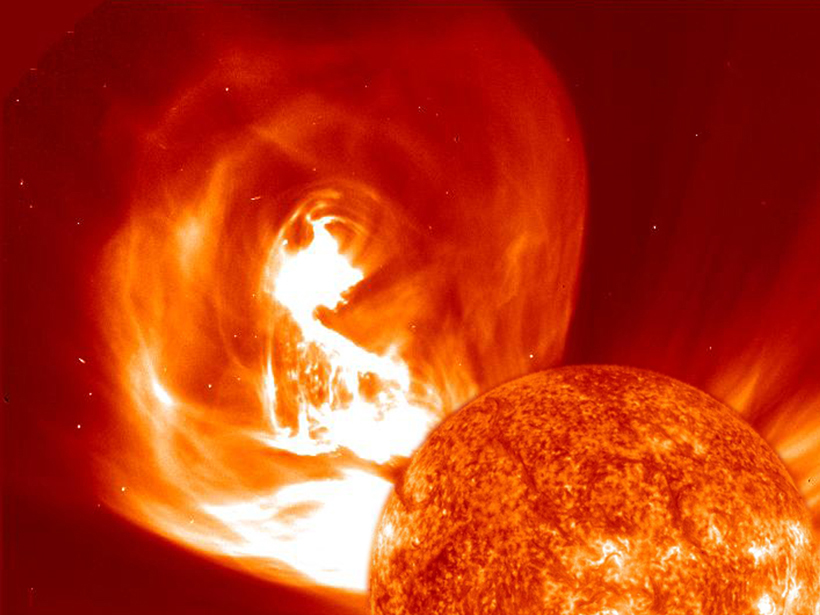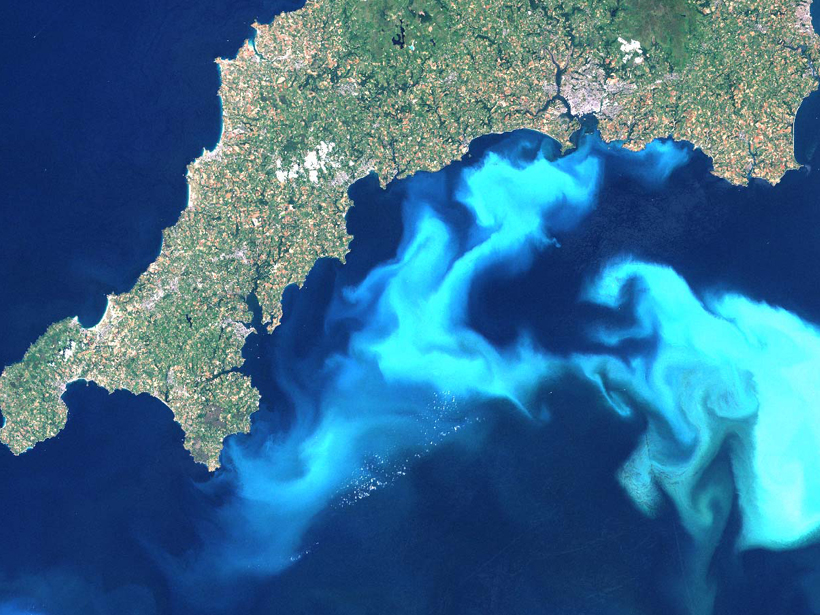Scientists create a more realistic representation of plant nitrogen uptake and usage to improve global climate simulations.
S. Kelleher
U.S. Methane Emissions on the Rise
Data suggest that the United States may be responsible for half of global methane increase in the past decade.
The High Cost of Switching Power Sources
Researchers construct a world where nuclear energy everywhere is replaced with coal, with stark consequences for human health and the environment.
New GPS Satellite Technique to Monitor Ionospheric Disturbances
Researchers are developing better ways to use satellites to understand space weather events that can interfere with technology.
Soil Loses Pyrogenic Carbon by an Unexpected Pathway
Fresh insight into pyrogenic carbon disappearance suggests that erosion is not responsible.
Pleistocene Rocks Tell Tale of Past Ice Sheet Melting
Researchers examine evidence from a past interglacial period to predict sea level rise in the future.
Space Weather Gains National and International Attention
A heightened understanding of geomagnetic disturbances in a high-tech world encourages policy changes in the United States and abroad.
Iron Fertilization Might Not Make Oceans Better Carbon Sinks
New research suggests more iron during the last ice age did not mean more algae production in the equatorial Pacific, pointing to possible futility of a controversial geoengineering idea.
Conservation Farming Shown to Protect Carbon in Soil
A closer look at cultivated land informs actions to protect the vitality of our soil.
Electrical Concrete Offers Green Alternative to Airport Deicers
The Federal Aviation Administration is testing conductive concrete as a replacement for water-polluting chemicals used to melt ice from airport tarmacs.


